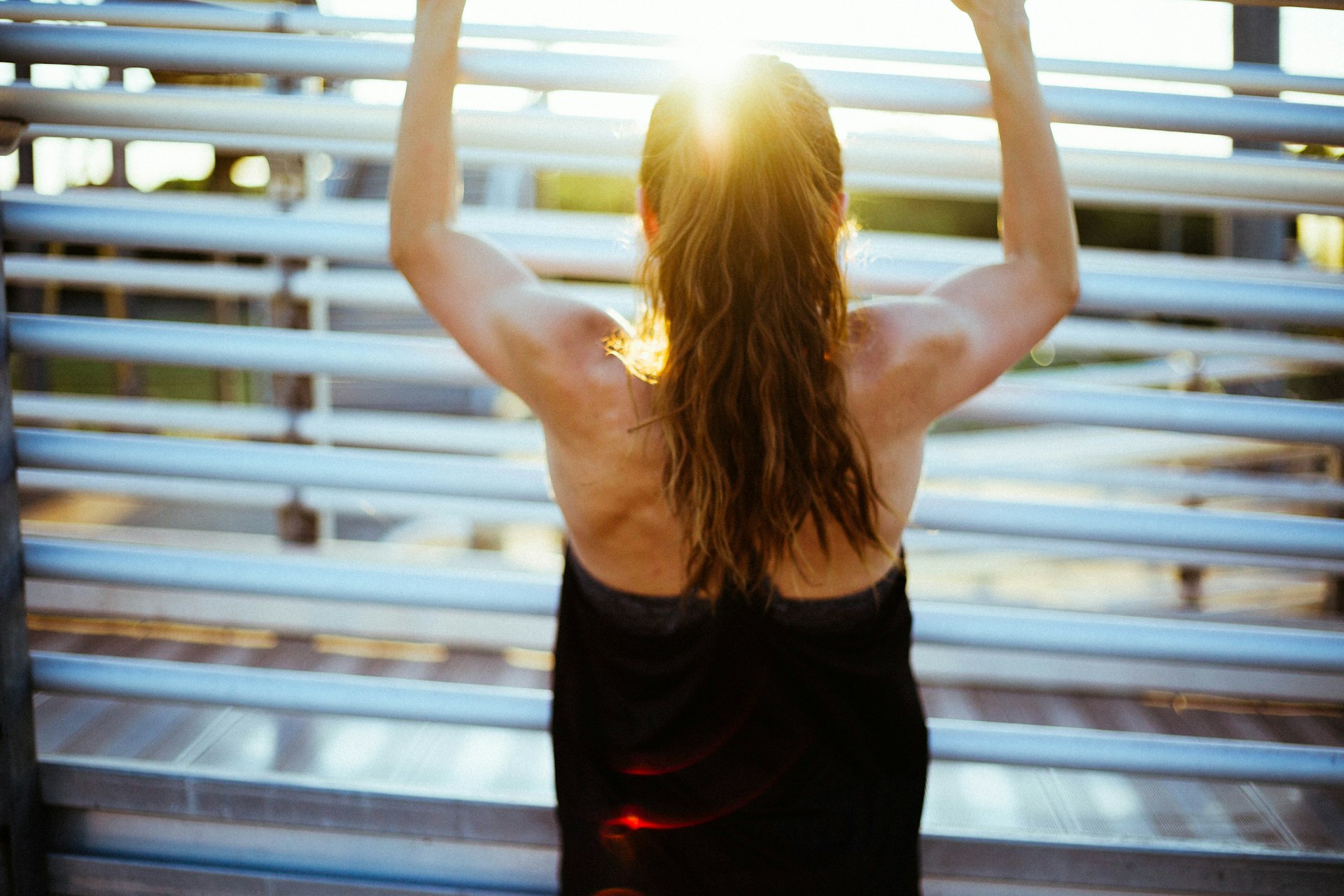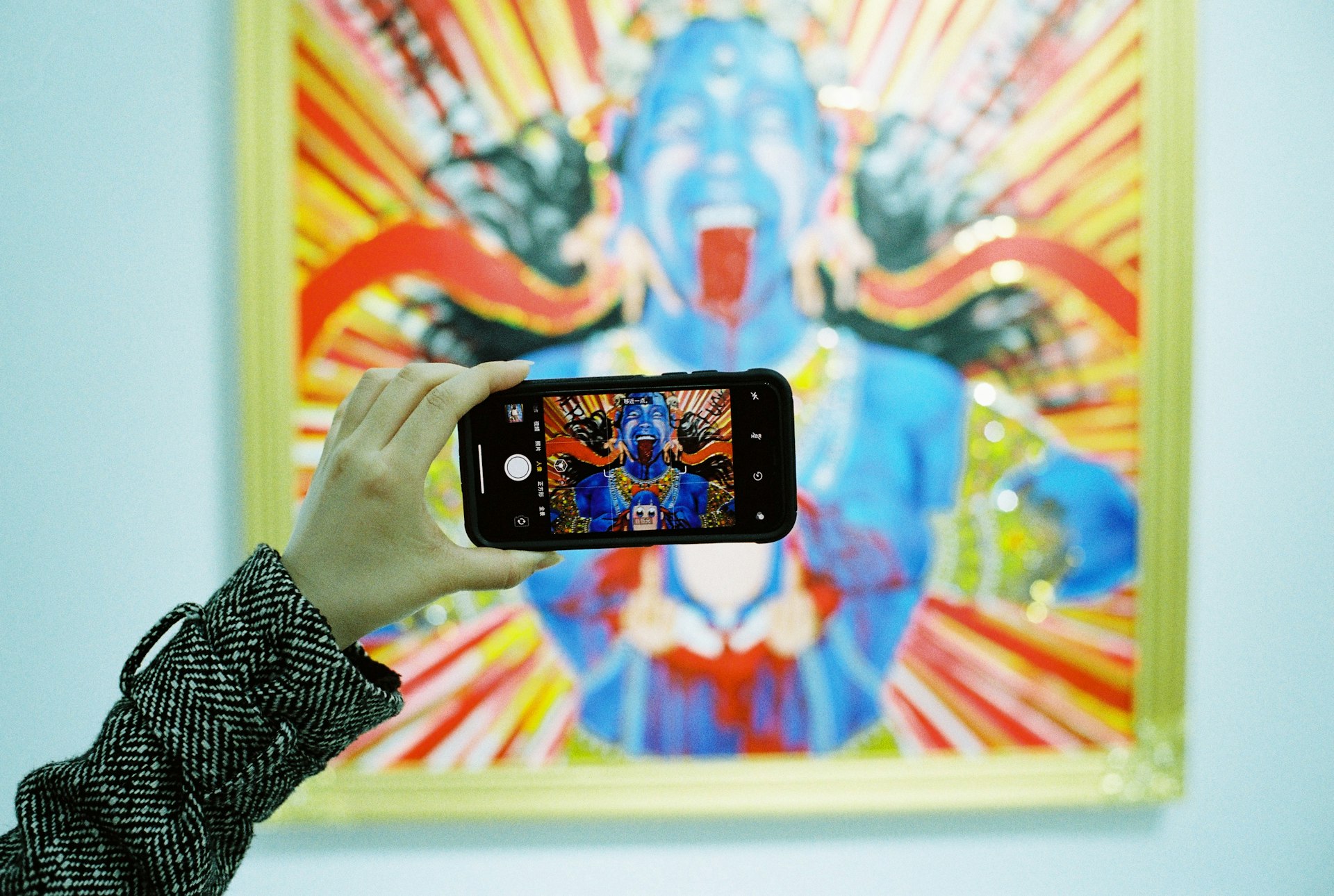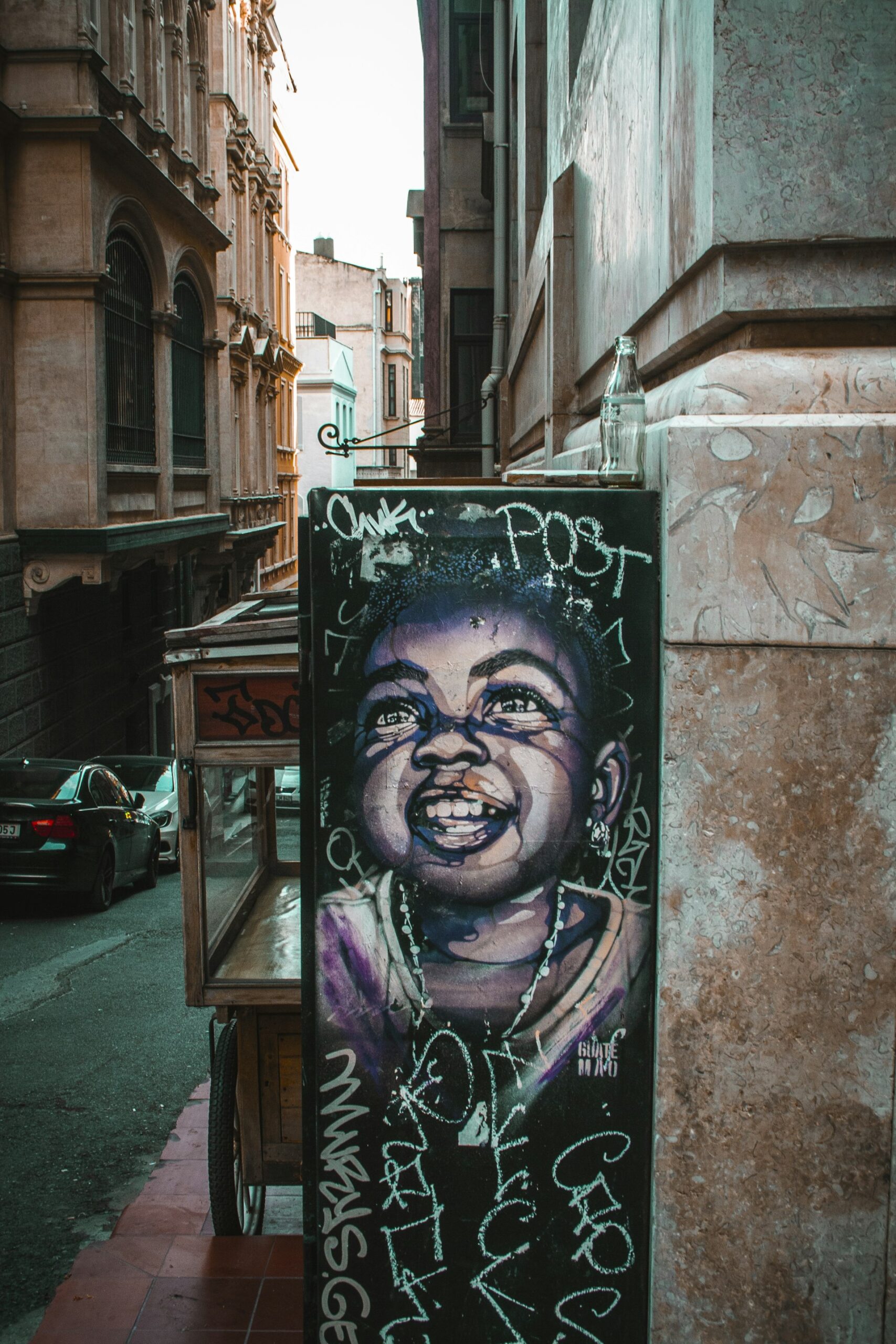Transforming Sculpture: How 3D Printing is Reshaping Modern Art

Photo by Vincentas Liskauskas on Unsplash
Introduction: The Evolution of Sculpture Through Technology
The world of sculpture has always been defined by experimentation and evolution. Today, 3D printing is at the forefront of this transformation, unlocking creative possibilities that were previously unimaginable. By merging digital design with physical fabrication, artists can realize intricate forms, complex structures, and large-scale installations with unprecedented precision and speed. This article explores how 3D printing is revolutionizing modern sculpture, profiles influential artists, and provides actionable steps for those interested in exploring this innovative medium.
How 3D Printing Integrates with Modern Sculpture
3D printing, also known as additive manufacturing, enables artists to build objects layer by layer from digital models. This process begins with computer-aided design (CAD) software, where artists sculpt virtual forms that can be as detailed or abstract as they envision. These digital files are then translated into physical objects using a variety of printing materials, such as plastic, resin, metal, or even concrete. The technology offers not only new aesthetic opportunities but also practical advantages-such as repeatability, scalability, and the ability to create structures that would be impossible with traditional methods [1] .

Photo by ANTIPOLYGON YOUTUBE on Unsplash
Pioneering Artists and Notable Works
Many contemporary artists have embraced 3D printing to push the boundaries of their practice. Eric van Straaten , for example, uses 3D printing to create extremely intricate sculptures inspired by organic forms, achieving a level of detail that would be difficult to replicate by hand [1] . Joshua Harker is widely recognized as a trailblazer in the field, with his artwork “Crania Anatomica Filigre” setting crowdfunding records and being included in thousands of collections worldwide. Harker’s use of complex geometric patterns and openwork designs demonstrates the unique strengths of digital fabrication [3] . Bathsheba Grossman creates metal and glass artworks that blend mathematical precision with artistic vision, illustrating how the medium can bridge art and science.
Other artists, such as Michaella Janse van Vuuren and Louis Pratt , leverage their backgrounds in engineering and digital design to create sculptures that are both technically complex and visually striking. For instance, Pratt uses 3D scanning to digitize real-world forms and then applies algorithms to generate sculptural variations, which are subsequently printed using advanced materials [3] .
Real-World Applications and Installations
The impact of 3D printing in sculpture extends beyond small-scale works. Architectural installations, such as the 3D printed pavilion by XtreeE, showcase the technology’s ability to produce large, functional structures with intricate designs. This pavilion, constructed from concrete using robotic printing arms, illustrates how additive manufacturing can blend artistic expression with architectural functionality [1] . Similarly, Korean architect Se Yoon Park’s installation of 3D-printed trees demonstrates the flexibility of materials like polyamide and the creative possibilities of combining traditional and digital fabrication techniques [4] .
These projects highlight that 3D printing enables the realization of complex geometries and unconventional forms at scales previously unattainable, opening new avenues for both public art and private commissions.
Step-by-Step Guide: Getting Started with 3D Printed Sculpture
For those interested in exploring 3D printing for sculpture, the following steps provide a practical pathway:
- Learn Digital Modeling : Begin by acquiring skills in CAD software such as Blender, Rhino, or Autodesk Fusion 360. Many online platforms and community colleges offer courses for beginners.
- Choose the Right Printer and Materials : Depending on your budget and artistic goals, you may opt for desktop printers (which typically use plastic) or seek out fabrication studios that offer industrial-grade printing in resin, metal, or concrete. For large-scale works or specialized materials, consider collaborating with service bureaus or makerspaces.
- Prototype and Iterate : Start with small test prints to refine your designs. 3D printing allows for rapid prototyping, making it easy to experiment with forms and details before committing to a final piece.
- Finishing and Assembly : After printing, most sculptures require post-processing-such as sanding, painting, or assembling multiple parts. Some artists combine 3D printed elements with traditional media for mixed-media works.
- Exhibit and Share Your Work : Document your creative process and finished pieces. Consider online portfolios, social media, and 3D art communities to connect with other artists and potential collectors.
If you do not own a 3D printer, you can use commercial services like i.materialise or Shapeways, which allow you to upload digital models and order prints in a range of materials. Before choosing a provider, review their material options, pricing, and customer reviews. You may also visit local makerspaces or university labs that offer access to 3D printers for artists and designers.
Challenges and Solutions in 3D Printed Sculpture
While 3D printing offers significant advantages, artists often face challenges such as high material costs, printer limitations, and technical learning curves. Some solutions include starting with affordable desktop printers for prototyping, collaborating with experienced technicians, and joining online forums for troubleshooting advice. Many artists also blend traditional sculpting with digital fabrication, leveraging the strengths of both approaches [4] .
Access to advanced materials and large-format printers may require partnerships with fabrication studios or art-foundry services. For those seeking funding, art grants and crowdfunding platforms have proven effective, as demonstrated by Joshua Harker’s record-breaking Kickstarter campaign [3] .
Alternative Approaches and Future Trends
Not all 3D printed sculpture must be entirely digital. Many artists incorporate hand-finishing, hybrid assembly, or combine digital and analog techniques to achieve unique results. As the technology advances, new materials and printer capabilities are likely to expand what is possible-for example, bioprinting, ceramics, and multi-material objects are rapidly emerging fields.
The continued integration of 3D printing into sculpture promises to redefine the boundaries of art, offering artists greater freedom, efficiency, and expressive power. As more educational institutions and fabrication centers adopt these technologies, access and expertise are expected to grow, making this once-niche practice accessible to a broader range of creators.
How to Access 3D Printing Resources for Sculpture
If you want to explore 3D printing for your own sculptural projects, you can:
- Search for local fabrication labs, makerspaces, or universities that offer 3D printing access. Keywords such as “makerspace near me” or “university digital fabrication lab” can help you find relevant resources.
- Consult established 3D printing service providers. Review their official websites for artist programs, pricing, and support.
- Contact regional or national arts councils for information on grants or residencies that support technology-driven art.
- Join online communities focused on digital fabrication and sculpture to exchange knowledge and find collaboration opportunities.
To get started, consider reaching out to your nearest art school, visiting established 3D printing company websites, or connecting with artists already working in the field for mentorship and guidance. Always review the credibility and reputation of any service provider before sharing your artwork or investing in materials.



